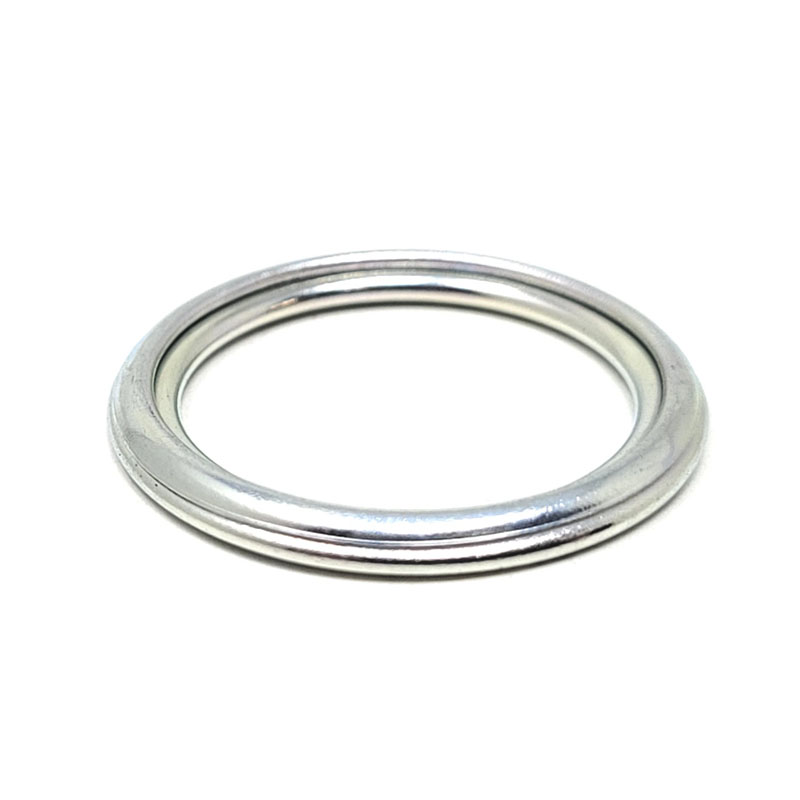oil filter housing o ring
Understanding Oil Filter Housing O-Rings Importance and Maintenance
The oil filter housing O-ring may seem like a small and insignificant component in an engine's lubrication system, but it plays a crucial role in maintaining the efficiency and longevity of the engine. This round seal, typically made of rubber or other resilient materials, prevents leaks between the oil filter and the engine block. Understanding its function and maintenance is essential for vehicle owners and enthusiasts alike.
The Role of the O-Ring in Oil Filtration
The oil filter is responsible for removing contaminants from the engine oil, ensuring that the oil circulating within the engine remains clean and effective. The O-ring sits at the base of the oil filter, creating a tight seal that prevents the oil from escaping. If the O-ring is compromised—whether due to wear, hardening, or improper installation—it can lead to oil leaks. Not only does this result in the potential for serious engine damage, but it can also create safety hazards on the road, as leaking oil can result in slippery conditions.
Regular maintenance and inspection of the oil filter and its components, including the O-ring, are vital. During an oil change, it’s essential to check the O-ring for signs of deterioration, cracks, or flat spots. A worn or damaged O-ring should be replaced immediately to ensure that the oil filtration system operates effectively.
Choosing the Right O-Ring
When it comes to replacing an O-ring, choosing the right type is key. O-rings are available in various materials, including nitrile rubber, Viton, and silicone, each with unique properties that suit different environments. Nitrile rubber is common due to its excellent resistance to oil and fuel; however, exposure to extreme temperatures can cause it to age faster. Viton, on the other hand, offers superior heat and chemical resistance, making it suitable for high-performance applications.
When selecting an O-ring, it's crucial to ensure that it meets the specifications outlined by the vehicle manufacturer. Installing an incorrect O-ring size can lead to misalignment and potential leaks, causing more extensive problems down the line.
oil filter housing o ring

Signs of O-Ring Failure
Recognizing the signs of a failing O-ring can save time and money in repairs. Common indicators include oil spots under the vehicle, an increase in engine temperature, or a drop in oil pressure. If any of these symptoms are evident, it's wise to inspect the O-ring and surrounding components immediately. Ignoring these signs can lead to severe engine complications and expensive repairs.
Preventive Maintenance Tips
To prevent O-ring failure, regular maintenance is essential. Here are a few tips
1. Routine Inspections Check the O-ring during oil changes and look for any signs of wear and tear. 2. Use Quality Parts Always use high-quality O-rings that meet manufacturer specifications.
3. Avoid Over-Tightening When installing the oil filter, ensure not to over-tighten it. This can compress the O-ring excessively, leading to premature wear.
4. Educate Yourself Understanding the components of your vehicle can help you detect issues early on.
In conclusion, while the oil filter housing O-ring may appear minor, its role in your vehicle's overall health is significant. Proper maintenance and prompt attention to its condition can help ensure your engine runs smoothly and efficiently for years to come. Remember, a small component can make a big difference in vehicle performance and reliability.
-
Understanding the Front Main Engine Seal: Purpose, Maintenance, and Installation
News Jul.29,2025
-
Understanding O-Rings and Seal Rings: Types, Applications, and Custom Solutions
News Jul.29,2025
-
Understanding Crankshaft Oil Seals: Rear Seals, Pulley Seals, and Their Role in Engine Integrity
News Jul.29,2025
-
The Importance of Front and Rear Crankshaft Seals in Engine Performance and Oil Management
News Jul.29,2025
-
Crank Oil Seals: Functions, Types, and Cost Considerations in Engine Maintenance
News Jul.29,2025
-
A Comprehensive Guide to O-Rings and Seals: Types, Materials, and Global Applications
News Jul.29,2025
-
Mastering Diesel and Performance Engine Maintenance: A Guide to Critical Oil Gaskets
News Jul.28,2025
Products categories















